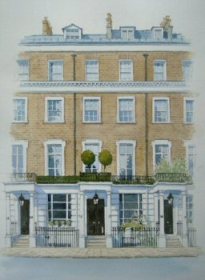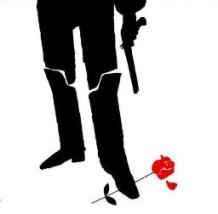 'I never realised', said a Guards general, 'quite how different regiments were until I became a brigade commander. I don't just mean the difference between an infantry regiment and a cavalry regiment, but the difference between two cavalry regiments.'
'I never realised', said a Guards general, 'quite how different regiments were until I became a brigade commander. I don't just mean the difference between an infantry regiment and a cavalry regiment, but the difference between two cavalry regiments.'The contrasts are still noticeable, even if they are a lot less pronounced than in the past, when an officer with a good eye could often spot the regiment of a stranger out of uniform. Some regiments even seemed to produce a physical stereotype--willowy cavalry officers with flopping hair, slim Green Jackets with saturnine good looks, and large, fair-haired and ruddy-faced officers in the Scots Guards--but the exceptions almost certainly outnumbered such a thumbnail rule.
Clothes were a better guide. A waisted, full-skirted hacking jacket 'cut in the cavalry style with ticket pocket' was hard to miss, but to specify the regiment required a mass of minor clues, ranging from the jacket's state of repair to the visibility of a polka-dot handkerchief; while a Coldstreamer who had the cuff buttons of his grey suit arranged in two pairs, like those on his uniform, presented no challenge, and if a gunner could not be spotted by his dapper pinstripe his Labrador would give the game away.
Excerpt from Inside the British Army, by Antony Beevor (1990)





















2 comments:
I'm beginning to hate your blog - always new books to buy.
Your seemingly never-ending, eclectic palette of detritus never fails to amaze me.
Post a Comment